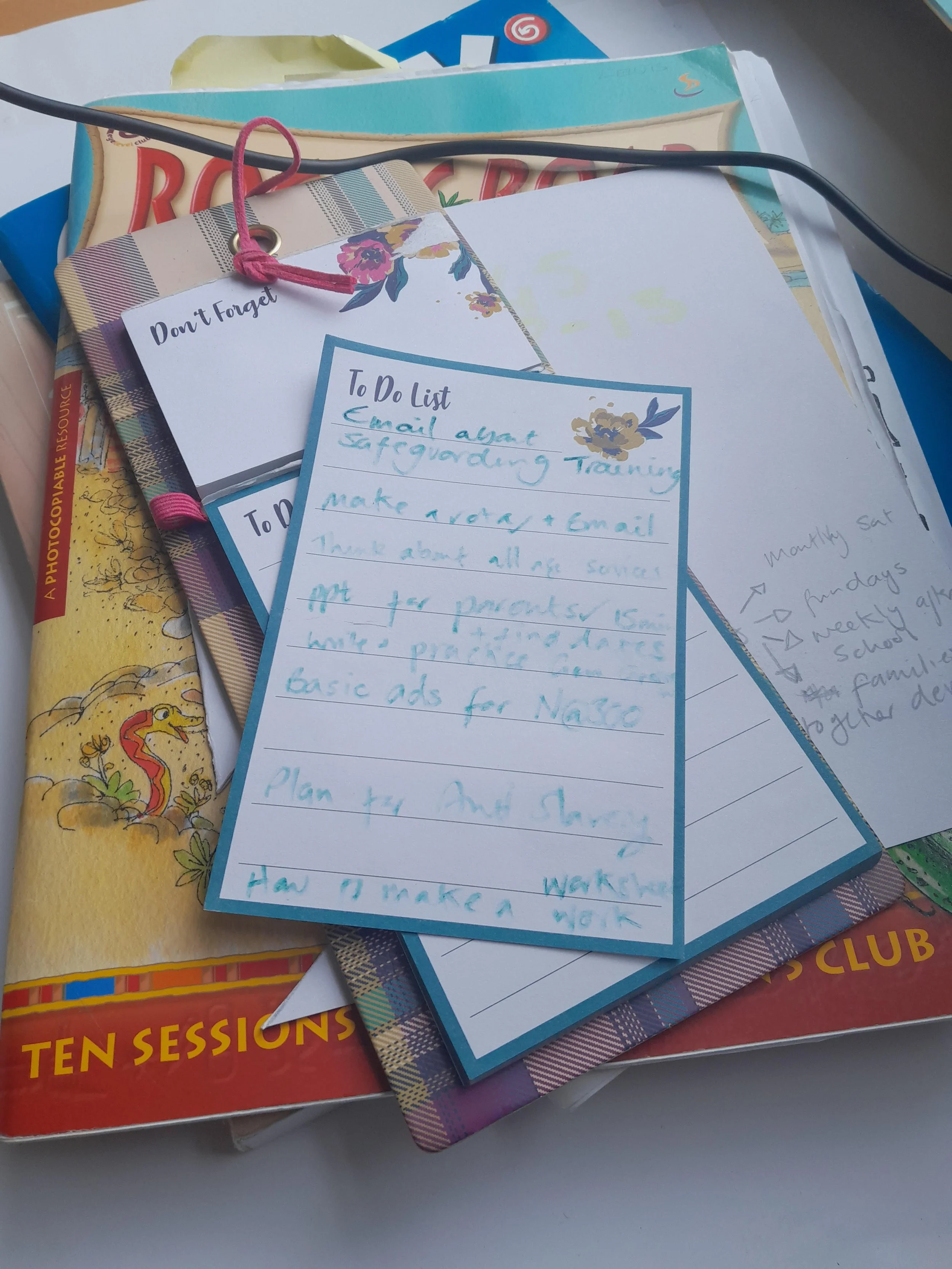I have to write an Annual Report - eek!
It shouldn’t have come as a surprise, it is in my contract after all, but it does raise some feelings of dread: have I really done enough with my time to justify the church spending it’s money on me rather than somewhere else? Are my priorities right? Did I just write a list of things I’ve done and not even mention God? How formal does this need to be?
I have now written a first draft; we’ll see if it needs to change much but I thought I would put my Reflections section (as it now stands) on here for general edification.
Reflections
One of the hardest things about children’s ministry is that you see the children for so little time, and there’s so much that could be done on those Sunday mornings but so little time to do it. It’s been particularly pleasant to have opportunities to see them outside of Sunday mornings; meals with families and some pleasing sync-ups with my volunteering with schools outreach – a familiar face watching me act for events in town and some John Newton lessons based in a primary school during Anti-Slavery week. It also means I really appreciate hearing from parents about the conversations they have and how they see their children growing in faith – it has been wonderful to see baptisms of so many teens this year who grew up in our church and learnt that they needed Jesus through the church as well as from their families.
The actual hardest thing, for me at least, would be putting together the rotas. Rotas are the worst. I have no idea how to get people to sign up in a timely manner; they take so much time and then I invariably have to change them because I made a mistake or there are unforeseen circumstances. I’m trying to get into a better mindset where each rota is a reminder that God does have it all in hand and that he is a master planner. Perhaps as the Spirit works to make me more Christ-like I’ll get better at this or at least find it less stressful.
Another challenge has been not being a youth worker, I love our youth group and I’m so happy to volunteer with them, but it can be hard sometimes to separate the two things and particularly to work out what counts as my hours. For example, I organised some youth activities for the days of prayer, and at the Weekend Away. It’s a hard balance of that being something I want to do, but it’s not my job and I’m not always sure everybody knows that.










